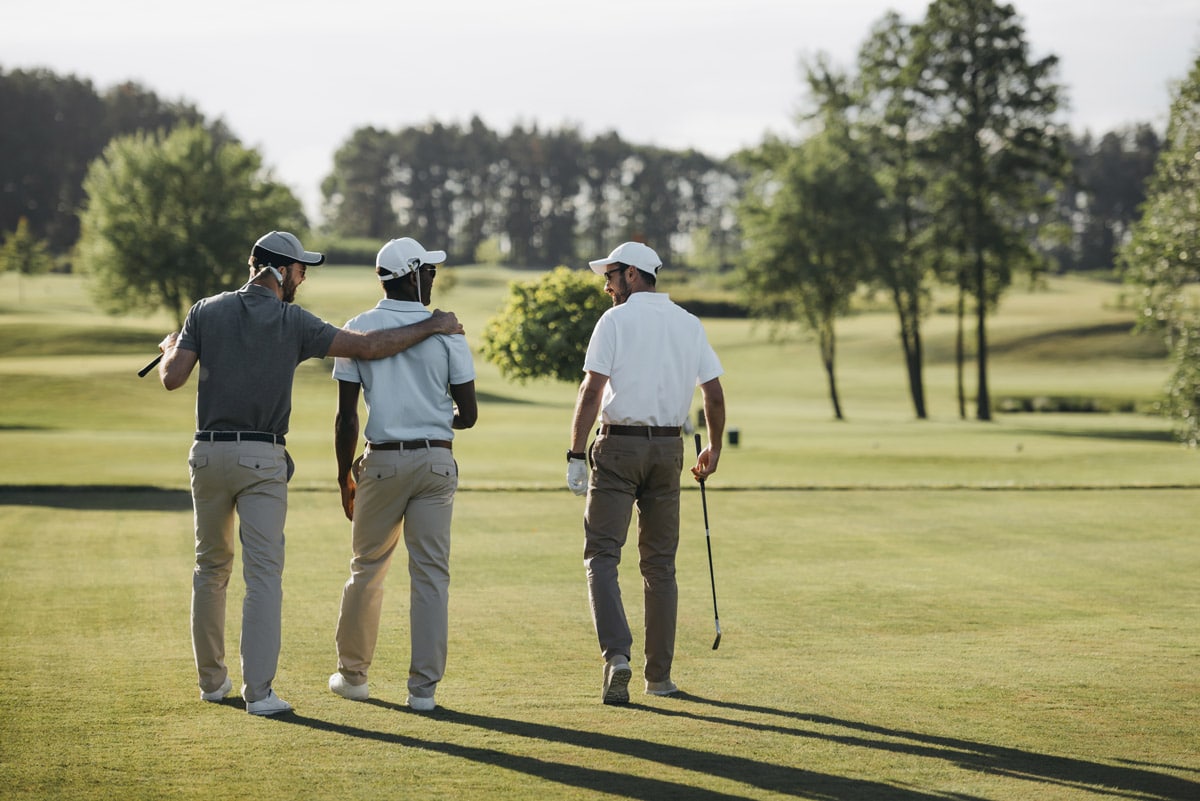Golfer’s elbow
Golfers elbow is a condition characterised by inflammation of the inner elbow.
Golfer’s elbow
Golfers elbow is a condition characterised by inflammation of the inner elbow.

What is golfer’s elbow?
Golfer’s elbow is a condition that causes pain in the inner elbow area. The most common causes include excess or repetitive stress from overuse of forearm muscles in movement such as golf swings. Some people are also more prone to the condition as a result of lifestyle demographics. People who are more than 40 years old, obese people and smokers all fit into this higher-risk category.
The most common symptoms of golfer’s elbow include pain, stiffness, weakness in hands and wrists, and numbness or tingling. These symptoms may be relatively subtle at the onset and worsen over time. If you notice that your elbow is inflamed or has reduced range of motion meaning you can’t bend your elbow you should make plans to see a doctor as soon as possible. Left untreated, these symptoms could lead to permanent loss of grip strength and elbow mobility and chronic pain.
There are many non-surgical treatment options for golfer’s elbow, suitable for conditions which are not chronic. Your doctor may recommend an initial combination of anti-inflammatory medication, rest, ice, and bracing, followed by a course of Occupational Therapy and strengthening exercises. For more severe pain, they may inject steroids, hyaluronic acid, or botox. If these treatments still do not eliminate the pain or stiffness in your arm, surgery may be your best option for long-term relief.
Whilst the majority of people who undergo elbow surgery do well and are very happy with their results, there are risks which are specific to elbow surgery in addition to the general risks of surgery. This includes deep infection, injury to the nerves tendons or blood vessels close to the surgical field which may require further surgery, stiffness or loss of motion, developing abnormal bone formation such as heterotopic ossification or myositis ossificans, ongoing pain, instability, fracture of the bones and abnormal pain responses such as Chronic Regional Pain Syndrome (CRPS).
Most of these risks are low and less than 5% but stiffness is not uncommon but usually resolves with time with physiotherapy. It is important to be aware of these risks before consenting to surgery. There are also risks relating to the specific type of elbow surgery that you are having, which Dr Cheriachan will discuss with you in detail during your consultation.